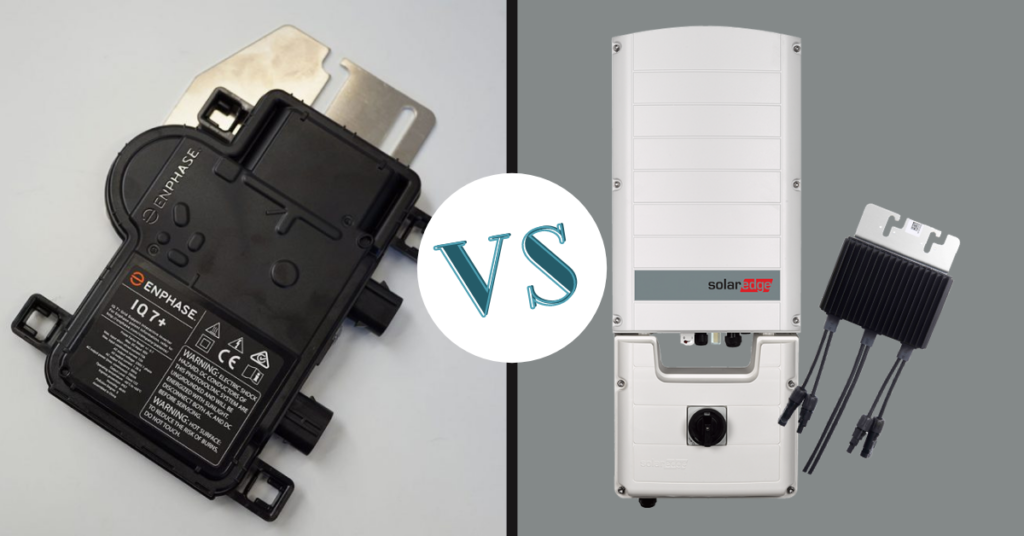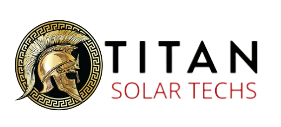
Enphase Enpower 240 Volt Smart Switch
The Enphase IQ System Controller 2 connects the home to grid power, the IQ Battery system, and solar PV. It provides microgrid interconnection device (MID) functionality by automatically detecting and seamlessly transitioning the home energy system from grid power to backup power in the event of a grid failure. It consolidates interconnection equipment into a single enclosure and streamlines grid independent capabilities of PV and storage installations by providing a consistent, pre-wired solution for residential applications.
Electrical Specifications
- Nominal voltage / range (L-L) 240 VAC / 100 – 310 VAC
- Nominal frequency / range 60 Hz / 56 – 63 Hz
- Maximum continuous current rating: 160A
- Maximum output overcurrent protection device: 200A
- Maximum input overcurrent protection device: 200A
- Maximum overcurrent protection device rating for storage branch circuit: 80A
- Maximum overcurrent protection device rating for PV combiner branch circuit: 80A
- Neutral Forming Transformer (NFT)
- Breaker rating (pre-installed): 40A between L1 and Neutral; 40A between L2 and Neutral
- Continuous rated power: 3600VA
- Maximum continuous unbalance current: 30A @ 120V
- Peak rated power: 8800VA for 30 seconds
- Peak unbalanced current: 80A @ 120V for 30 seconds
Mechanical Data
- Environmental rating: Outdoor, NEMA type 3R, polycarbonate construction
- Dimensions (WxHxD): 19.7 in x 36 in x 9.7 in (50cm x 91.6cm x 24.6cm)
- Weight: 87 lbs.
- Cooling: Natural convection, plus heat shield
- Altitude To 8200 feet
Warranty: 10 years
SolarEdge vs Enphase: Battery Backup Options
Adding backup battery storage solutions has proven itself as one of the biggest, newest trends in the solar market. Unused solar power is stored in a battery and used when needed during a power outage or when solar production is insufficient to meet the household energy demand. When there is a power outage, a combination of solar and battery is used to power important loads such as the refrigerator, TV, lights and AC outlets, day or night
SolarEdge vs Enphase: Efficiency
One of the key metrics for any solar system is efficiency. This refers to the amount of light that is converted into electricity. With higher efficiency, you can generate more electricity with fewer solar panels. While consumers see solar panel efficiency featured prominently by manufacturers, inverter efficiency arguably plays just as big of a role. Inverter efficiency refers to the amount of electricity lost during the DC-to-AC conversion.
The majority of solar inverters that you will find on the market these days have an efficiency better than 95%. Some boast efficiency ratings even as high as 99%. This means that the inverter only loses 1% of incoming electricity during the conversion to AC. While inverter efficiency across the board is relatively high, when looking at SolarEdge vs Enphase, consumers will still find a notable difference.
The SolarEdge system has two components: the central inverter, which lists 99% efficiency, and the power optimizer, which lists 99.5% efficiency. This puts the overall efficiency at 99.25%. The Enphase IQ 7 series only converts at 97% efficiency. However, a direct comparison is still difficult considering the different technologies.
Even though SolarEdge’s power optimizers do help the system perform better in partial shade, microinverters are still a superior system when it comes to handling shade and complicated rooftop layouts. Because of this, the overall system efficiency of a microinverter-based system will still usually be a little better than one based on power optimizers. At the same time, Enphase microinverters are notorious for overheating (as you install them on the roof), which can drastically reduce efficiency and life expectancy.
All in all, both brands have their pros and cons; however, SolarEdge easily beats out Enphase in efficiency.

